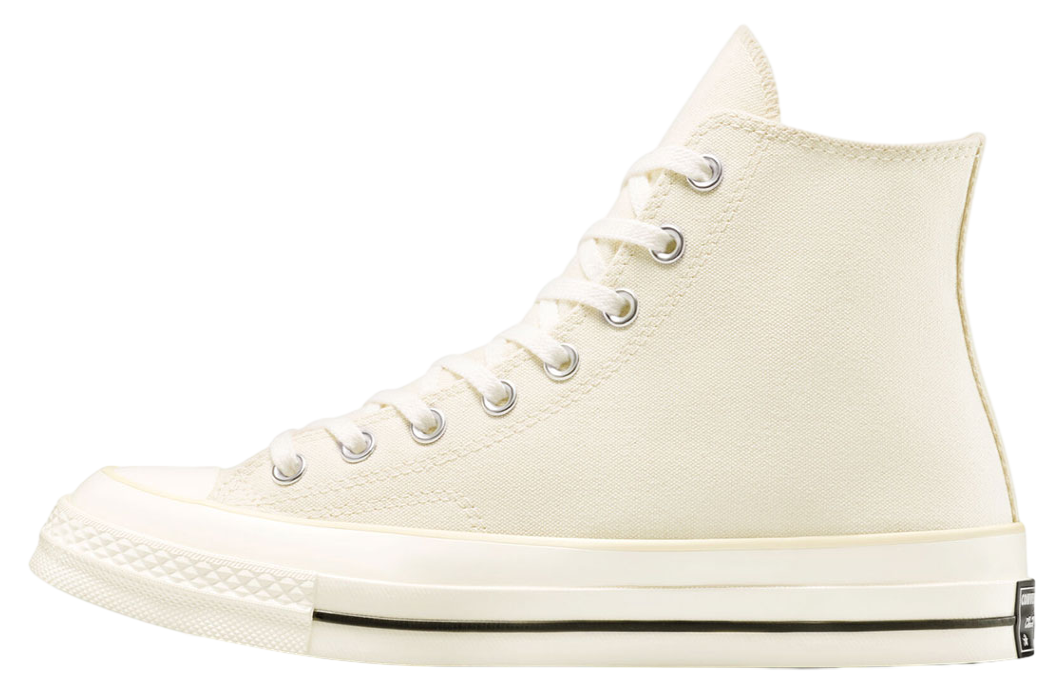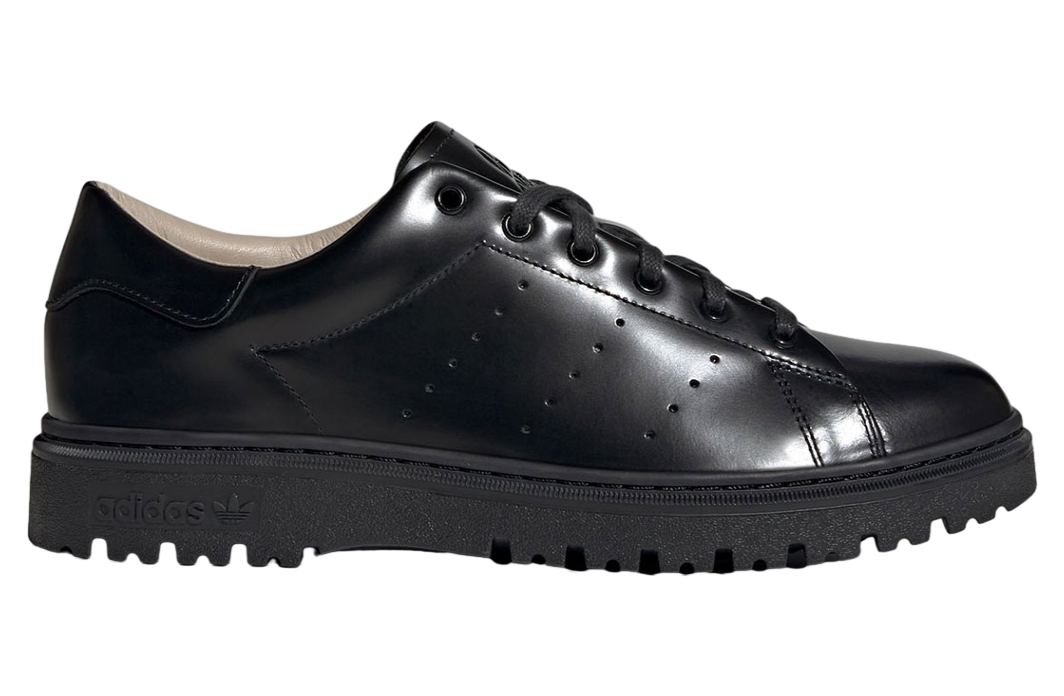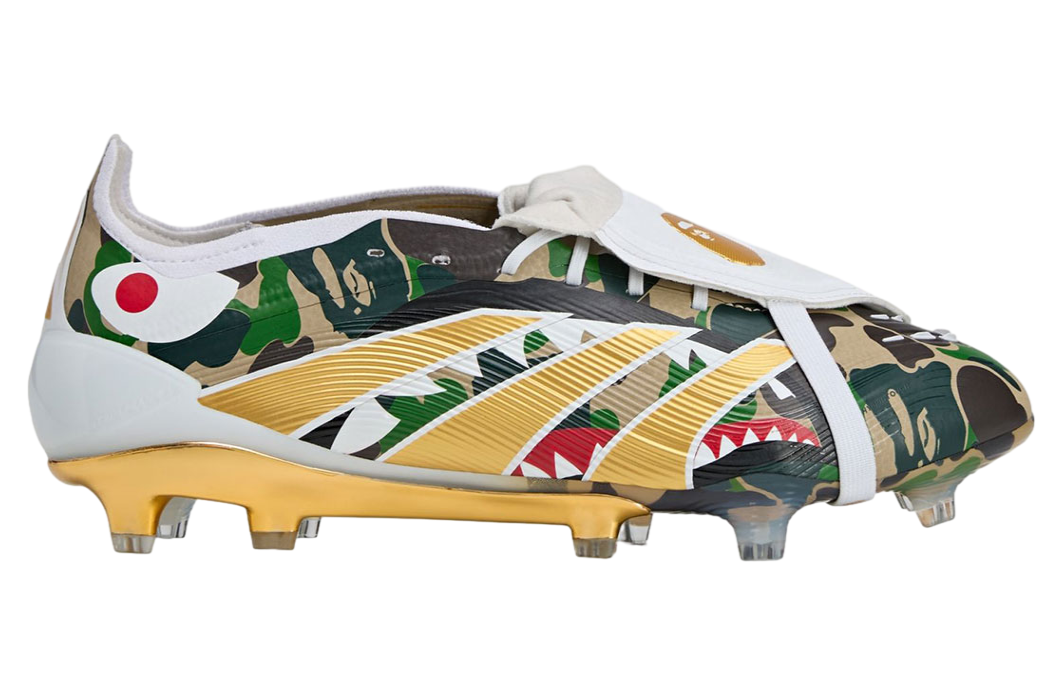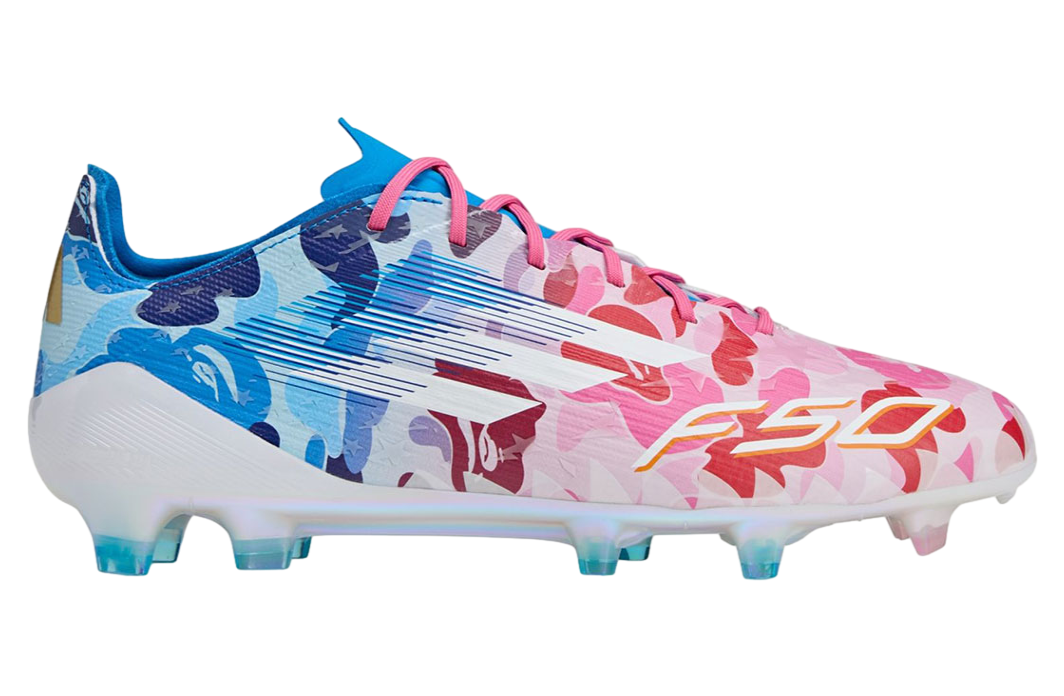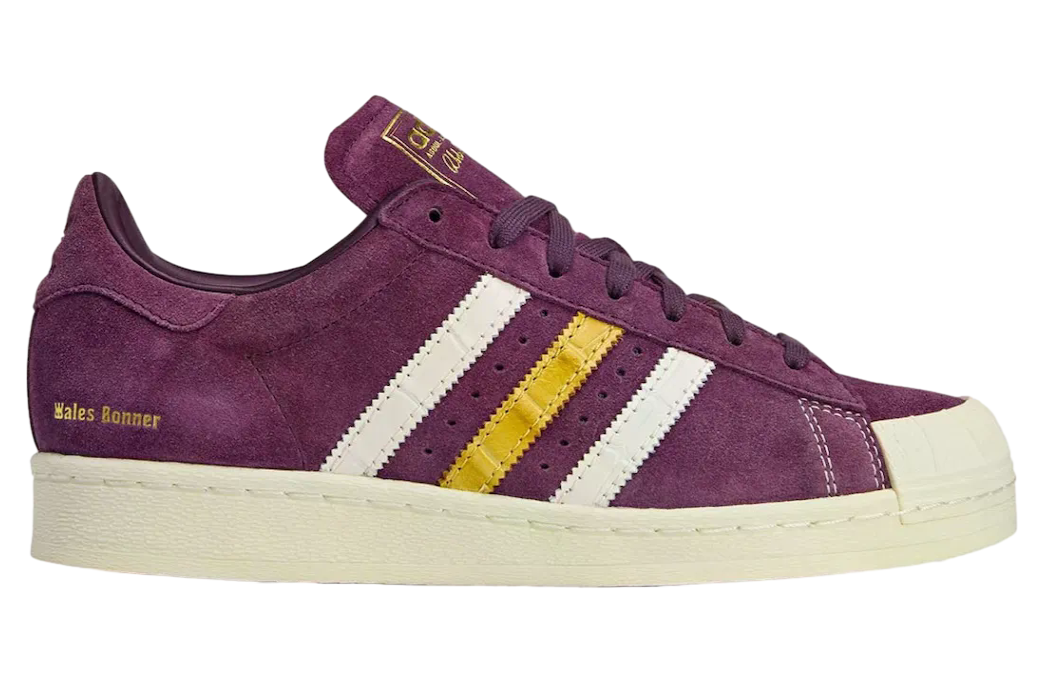Sneakerhead Secrets: 10 Tricks to Spotting Fake Sneakers
The sneaker game is bigger than ever, with collectors and resellers hunting for the hottest drops. But with demand skyrocketing, counterfeit sneakers have flooded the market, making it tough for even seasoned sneakerheads to tell real from fake. Whether you're buying from a reseller, a marketplace, or even a retail store, knowing how to authenticate your kicks is a must.
Here are 10 expert tricks to help you spot fake sneakers and avoid getting scammed.
1. Check the Box and Packaging
Legit sneakers always come in high-quality boxes with sharp prints, strong cardboard, and no flimsy construction. Look out for:
? Misspelled words or incorrect font styles
? Overly glossy or faded colors
? Incorrect sizing labels (e.g., missing retail price or inconsistent fonts)
Real sneaker boxes are sturdy, and the logos should be crisp and clear, not smudged or blurry.
2. Inspect the Stitching
Counterfeit sneakers often have sloppy or uneven stitching. Compare the stitching pattern to an authentic pair online. Look for:
? Loose threads or excess glue
? Uneven spacing or wavy lines
? Different stitching from the brand’s standard
Nike, Adidas, and other top brands use precise, uniform stitching—so if it looks off, it probably is.
3. Compare the Fonts and Logos
Brand logos are one of the easiest ways to detect fakes. Check:
? Font thickness and letter spacing (Nike, Adidas, and Yeezy logos are always consistent)
? Logo positioning (Should be centered and symmetrical)
? Print clarity (Fake logos can look slightly faded or oversized)
For example, a fake Jordan Jumpman logo may have odd proportions or look stretched.
4. Feel the Materials
Authentic sneakers use premium materials. Counterfeits often use cheaper alternatives that don’t feel right. Check for:
? Leather texture (Real leather feels soft and grainy, fake leather feels plasticky)
? Mesh breathability (Real mesh allows air to pass through, fake mesh feels stiff)
? Sole firmness (Legit sneaker soles should feel sturdy, not too soft or flimsy)
A simple touch test can often tell you if the materials feel high-quality or fake.
5. Check the Smell
Yes, the smell is a big giveaway! Real sneakers have a fresh factory scent, while fake sneakers often smell like:
? Strong glue or chemicals
? Cheap plastic or rubber
? Synthetic paint odors
If the smell is overwhelming or unusual, it’s likely a red flag.
6. Verify the Serial Number and Tags
Real sneakers come with unique serial numbers that should match across the box and the shoe label. Look for:
? Different serial numbers on left and right shoes (Nike often does this)
? Authentic label fonts and placement
? Matching SKU number on box and inside the shoe
You can also compare the tag with official product images on the brand’s website.
7. Look at the Insoles and Inside Details
Fake sneakers often cut corners when it comes to interior details. Check:
? Brand logos inside the shoe (Fake ones might be blurry or incorrectly placed)
? Insole texture (Authentic insoles are firm with cleanly printed logos)
? Exposed glue or rough stitching (Cheap manufacturing often shows inside)
A good trick is to remove the insoles and compare them to legit pairs online.
8. Test the Weight and Flexibility
Fakes are often lighter or too flexible because of low-quality materials. Try:
? Weighing the shoe (Legit sneakers have a proper weight balance)
? Bending the sole (Fake sneakers might bend too easily or feel flimsy)
? Tapping the material (Real sneakers have a solid, premium feel)
If the shoe feels too light or bends unnaturally, it’s probably fake.
9. Examine the Outsole and Traction
Sneaker brands use advanced traction patterns for grip and durability. Fake sneakers often have:
? Shallow or incorrect traction patterns
? Wrong colors or poor rubber quality
? Smooth or overly glossy soles
For example, a real Air Jordan 1 outsole should have deep, well-defined grooves, while fakes often look faded or too shiny.
10. Buy from Trusted Sources
One of the best ways to avoid fakes is to only buy from trusted sellers. Stick to:
? Official brand websites and stores
? Verified resellers like GOAT, StockX, or Stadium Goods
? In-person sneaker conventions or reputable sneaker shops
If you’re buying from eBay, Facebook Marketplace, or Instagram sellers, always ask for detailed pictures, receipts, and legit checks before purchasing.
Final Thoughts
Spotting fake sneakers takes practice, but by following these 10 sneakerhead secrets, you can avoid scams and ensure your collection stays authentic. The more you research and compare, the easier it will be to tell real from fake.
Have you ever encountered fake sneakers? Share your experiences in the comments below!
???? Stay authentic, stay fresh! ????

